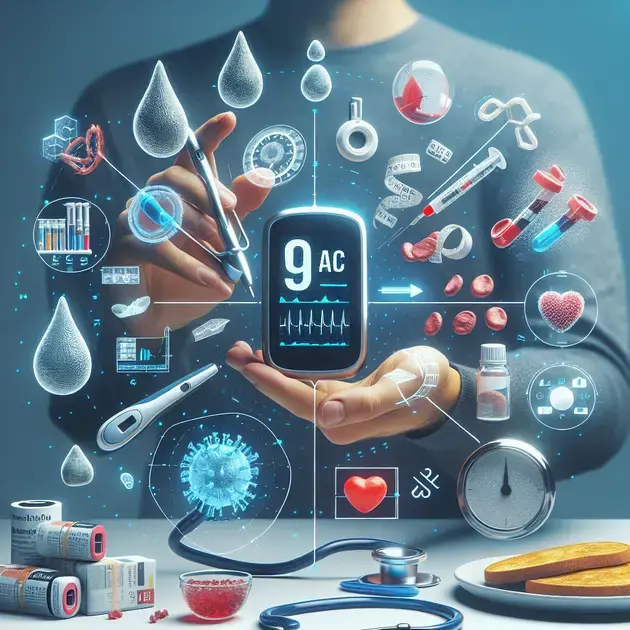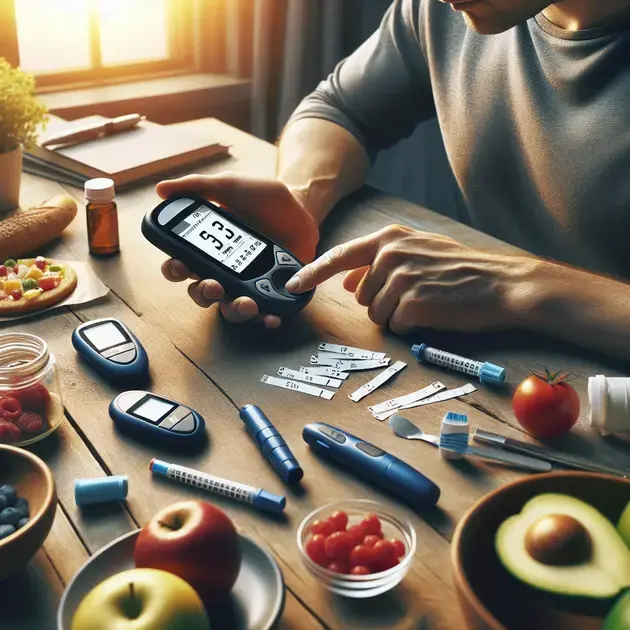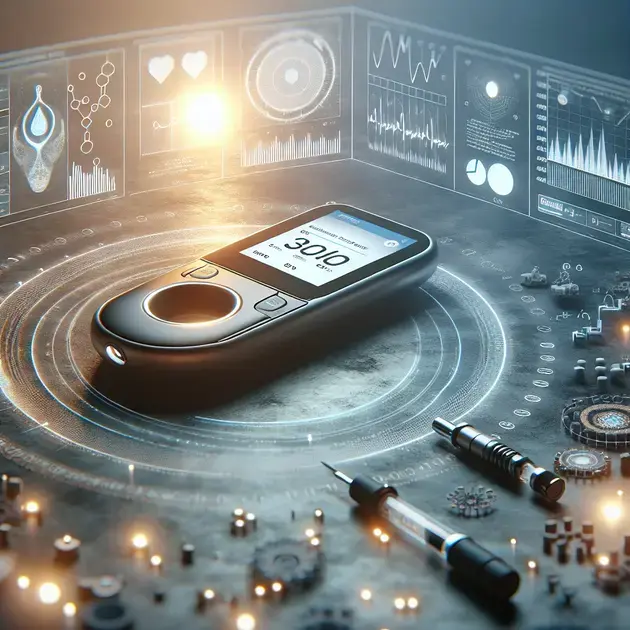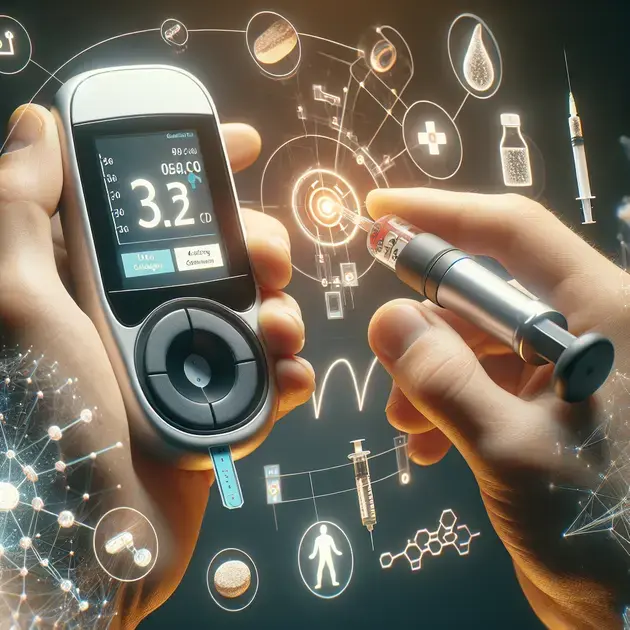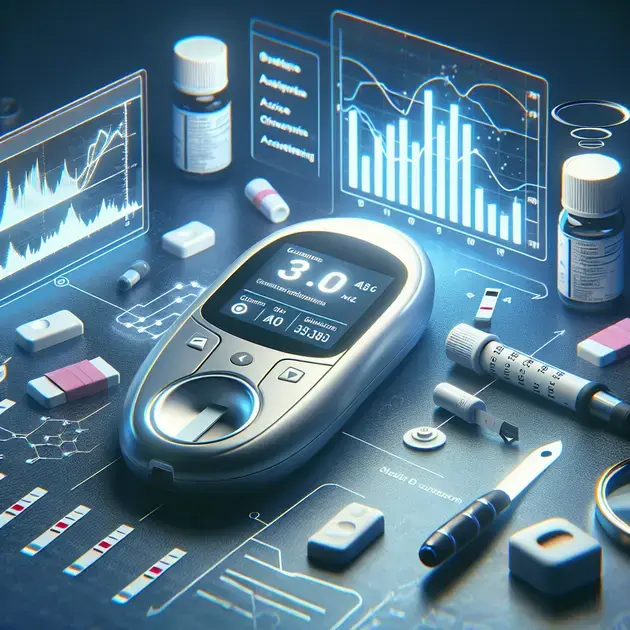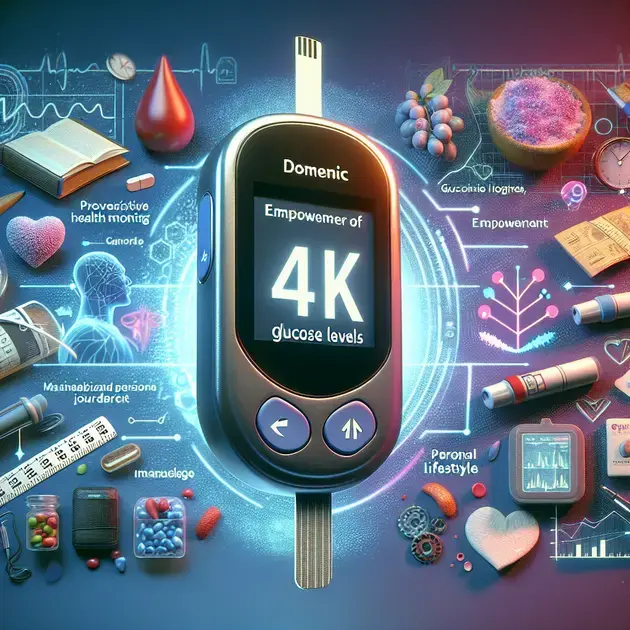Unlocking the Mystery: Converting A1C to BG Levels Made Simple
Understanding the relationship between A1C and blood glucose (BG) levels is crucial for effective diabetes management. Dive into this guide to demystify the conversion process effortlessly. Discover the key insights to help you navigate this essential aspect of monitoring your health with confidence and ease.
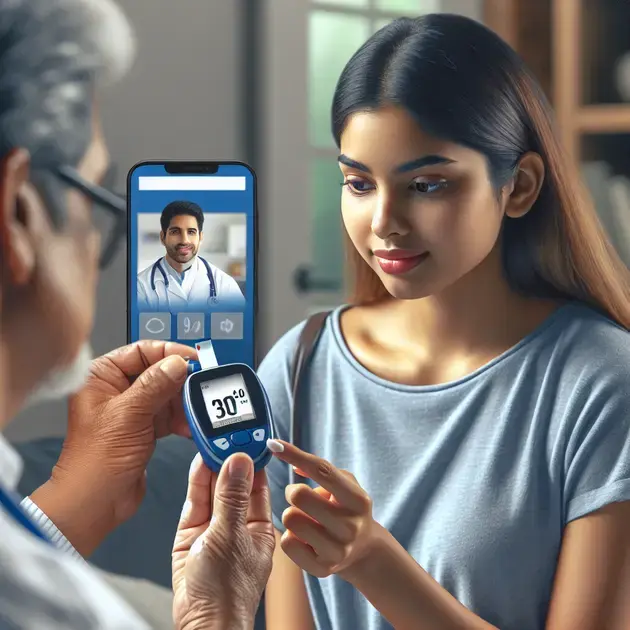
**Understanding the A1C blood test results**
What is the A1C blood test?
The A1C blood test measures your average blood sugar levels over the past 2-3 months by assessing the amount of glucose attached to hemoglobin in your red blood cells.
To get your A1C results, visit a healthcare provider or a lab where they will draw a blood sample for analysis.
For more information on interpreting A1C levels, visit diabetes.org.
Understanding the A1C levels
An A1C level below 5.7% is considered normal, while levels between 5.7% and 6.4% may indicate prediabetes. Diabetes is typically diagnosed with an A1C level of 6.5% or higher.
Understanding these levels is crucial for managing diabetes and making necessary lifestyle changes to improve your health.
For guidance on managing A1C levels, consider seeking advice from a healthcare professional or visiting CDC’s diabetes management guide.
Interpreting A1C results
Once you receive your A1C results, discuss them with your healthcare provider to understand what they mean for your health and diabetes management.
Your healthcare provider may recommend lifestyle changes, medications, or further tests based on your A1C levels.
For detailed information on interpreting A1C results, check out Mayo Clinic’s A1C test guide.

How A1C levels impact diabetes management
Managing A1C levels is crucial in the effective management of diabetes. A1C levels, also known as glycated hemoglobin, provide a long-term indicator of blood glucose levels over the past 2-3 months. Monitoring A1C levels helps individuals and healthcare professionals understand how well diabetes is being managed. High A1C levels indicate poor blood sugar control, which can lead to various complications such as cardiovascular disease, kidney damage, and nerve damage.
Individuals with diabetes need to keep their A1C levels within the target range to reduce the risk of complications. By regularly monitoring A1C levels, individuals can make necessary adjustments to their diet, exercise, and medication regimen to achieve optimal blood glucose control. Working closely with healthcare providers to set personalized A1C targets is essential for effective diabetes management and overall well-being.
Understanding the impact of A1C levels on diabetes management is key to taking proactive steps towards better health. By maintaining healthy A1C levels, individuals with diabetes can minimize the risks associated with the condition and improve their quality of life. Regular monitoring and management of A1C levels are vital components of a comprehensive diabetes care plan.
Ensuring that A1C levels are within the recommended range is essential for preventing diabetes-related complications and maintaining overall health. By prioritizing the management of A1C levels, individuals can significantly reduce the long-term impact of diabetes on their well-being.
The importance of monitoring blood glucose
Regularly monitoring blood glucose levels is a fundamental aspect of diabetes management. Blood glucose monitoring provides real-time insights into how the body processes sugar, allowing individuals to make informed decisions about diet, exercise, and medication. Monitoring blood glucose levels helps individuals understand the effects of their lifestyle choices on their diabetes management.
For individuals with diabetes, monitoring blood glucose levels is essential for preventing episodes of hypo- or hyperglycemia. By tracking blood glucose levels throughout the day, individuals can identify patterns and trends, enabling them to adjust their treatment plan accordingly. Consistent monitoring empowers individuals to take control of their health and make timely interventions when needed.
Keeping a log of blood glucose readings and sharing them with healthcare providers allows for collaborative decision-making in diabetes management. Healthcare professionals can offer personalized advice based on the data collected, helping individuals optimize their blood glucose control and improve their overall well-being. Monitoring blood glucose levels regularly is a proactive approach to diabetes management that can lead to better health outcomes.
Understanding the importance of monitoring blood glucose is essential for individuals living with diabetes. By making blood glucose monitoring a priority, individuals can gain valuable insights into their condition and make informed choices to improve their health and quality of life.
Effective strategies for managing A1C levels
Implementing effective strategies for managing A1C levels is essential for individuals with diabetes. By following a comprehensive approach that includes lifestyle modifications, medication adherence, and regular monitoring, individuals can achieve better control over their A1C levels. Consistency in following the prescribed treatment plan is key to maintaining healthy A1C levels.
Adopting a balanced diet rich in whole foods, fruits, vegetables, and lean proteins can help stabilize blood sugar levels and improve A1C readings. Regular physical activity is also beneficial in managing A1C levels, as exercise can enhance insulin sensitivity and promote glucose utilization by the body. Maintaining a healthy weight through diet and exercise contributes to overall blood sugar control.
In addition to lifestyle changes, adhering to prescribed medications and insulin therapy is crucial for managing A1C levels. Individuals should follow their healthcare provider’s recommendations regarding medication dosage, timing, and frequency to ensure optimal blood glucose control. Monitoring blood glucose regularly and adjusting treatment plans as needed are integral parts of effective A1C management.
Engaging in regular communication with healthcare providers and diabetes care teams is essential for successful A1C management. By collaborating with professionals, individuals can receive personalized guidance, set achievable goals, and address any challenges or concerns related to their diabetes care. Effective management of A1C levels requires a coordinated effort between individuals, healthcare providers, and support systems.
**
Conclusion
**
Understanding the significance of A1C levels is paramount in effectively managing diabetes. A1C levels serve as a crucial indicator of blood glucose control over a few months, offering valuable insights for individuals and healthcare professionals. Elevated A1C levels signal inadequate blood sugar management, increasing the risk of severe complications like cardiovascular diseases, kidney issues, and nerve damage.
Individuals with diabetes must maintain their A1C levels within the recommended range to mitigate associated risks. By consistently monitoring A1C levels, individuals can adjust their lifestyle choices, including diet, exercise, and medication, to achieve optimal blood glucose control. Collaborating closely with healthcare providers to establish personalized A1C targets is fundamental for successful diabetes management and overall well-being.
Recognizing how A1C levels influence diabetes management empowers individuals to proactively enhance their health. By keeping A1C levels in check, individuals can reduce the adverse effects of diabetes and enhance their quality of life. Regular monitoring and control of A1C levels play a significant role in a holistic diabetes care plan.
Maintaining A1C levels within the recommended range is vital for preventing diabetes-related complications and sustaining overall health. By prioritizing A1C level management, individuals can significantly diminish the long-term impact of diabetes on their well-being.
The importance of monitoring blood glucose
Regular monitoring of blood glucose levels is foundational in diabetes management, providing real-time insights into sugar processing within the body. This monitoring enables individuals to make informed decisions regarding their lifestyle, including diet, exercise, and medication choices, shaping their diabetes management.
For individuals living with diabetes, tracking blood glucose levels is imperative to prevent episodes of hypo- or hyperglycemia. Analyzing these levels throughout the day helps in identifying patterns and adjusting treatment plans accordingly, empowering individuals to take control of their health and intervene promptly when necessary.
Maintaining a log of blood glucose readings and sharing them with healthcare providers fosters collaborative decision-making in diabetes management. This approach allows healthcare professionals to provide tailored advice based on collected data, optimizing blood glucose control and overall well-being. Regular monitoring of blood glucose levels serves as a proactive measure for better health outcomes.
Understanding the importance of monitoring blood glucose levels is crucial for individuals with diabetes, offering valuable insights into their condition and enabling informed choices to enhance their health and well-being.
Effective strategies for managing A1C levels
Implementing effective strategies to manage A1C levels is crucial for individuals with diabetes. A comprehensive approach encompassing lifestyle modifications, adherence to medications, and regular monitoring enables better control of A1C levels. Consistent adherence to the prescribed treatment plan is key to maintaining healthy A1C levels.
Adopting a balanced diet rich in whole foods, fruits, vegetables, and lean proteins aids in stabilizing blood sugar levels and improving A1C readings. Regular physical activity also plays a crucial role in managing A1C levels by boosting insulin sensitivity and facilitating glucose utilization by the body. Achieving a healthy weight through diet and exercise contributes significantly to overall blood sugar control.
In addition to lifestyle adjustments, adherence to prescribed medications and insulin therapy is essential for managing A1C levels effectively. Individuals should follow their healthcare provider’s guidance on medication dosage, timing, and frequency to ensure optimal blood glucose control. Regularly monitoring blood glucose levels and adjusting treatment plans as needed are integral components of successful A1C management.
Engaging in regular communication with healthcare providers and diabetes care teams is essential for effective A1C management. Collaboration with professionals allows individuals to receive personalized guidance, set achievable goals, and address challenges or concerns related to their diabetes care. Effective management of A1C levels necessitates a coordinated effort involving individuals, healthcare providers, and support systems.

